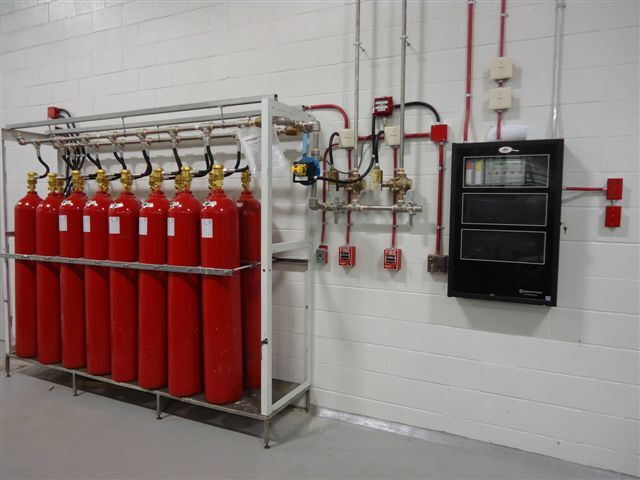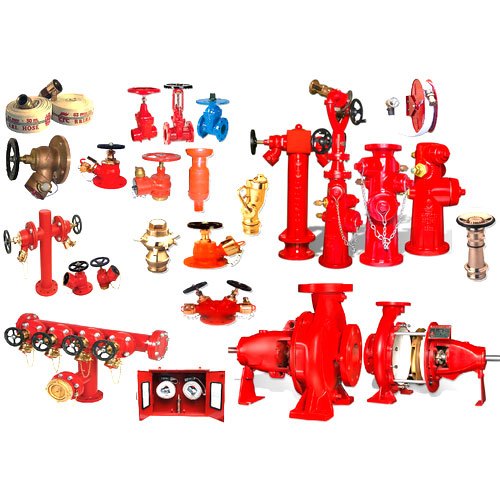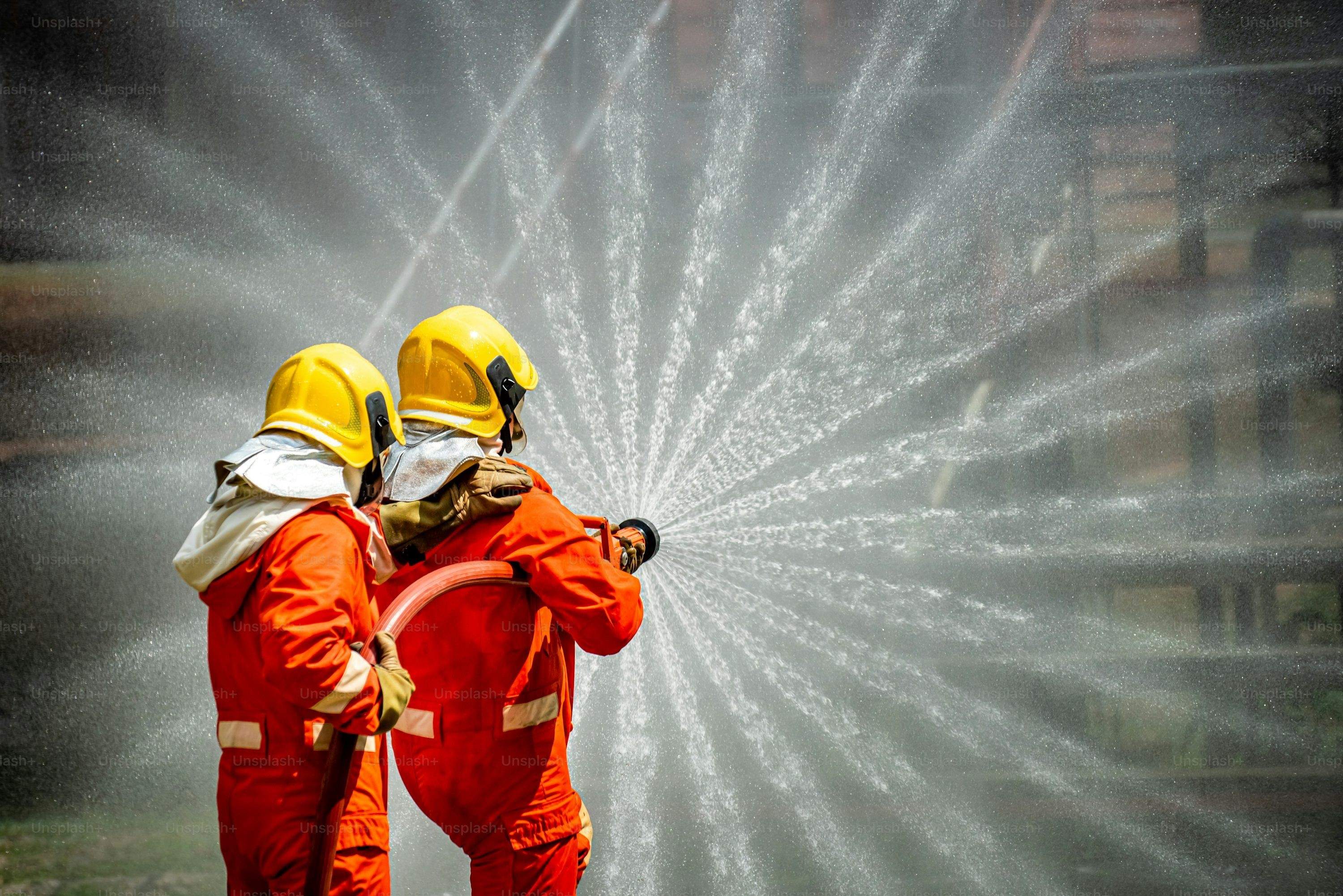Fire Suppression Systems
ARKFIRE specialises in designs, supplies, install, commissions, services and maintains an ever-growing range of Fire Suppression Systems.
There are several types of fire suppression systems, ranging from the classic water-based sprinkler system to the systems that use gasses and leave no residue after being discharged.
Some important things to consider when selecting a fire suppression system are; the down time and clean up after activation(what exactly we are protecting), the impact on the environment (Halon gasses are banned because of their threats to the environment), the cost of the system, the presence of people in the area, and the sensitivity of the area being protected.
Water and inert gasses are therefore great first choices, as they are not only naturally occurring but also abundant and readily available.

Types of Fire Suppression Systems
Wet Chemical Fire Suppression System (NFPA 17A): Disperses a liquid that rapidly cools when evaporated, preventing the fire from further combustion. The liquid, when mixed with oils and fats, creates a foam which also prevents reignition.
Dry Chemical Fire Suppression System (NFPA 17): Uses a dry chemical powder which acts to smother the fire. The powder is stored in a pressurized tank; when the system is activated, the tank opens and releases the powder.
Foam Water Fire Suppression System (NFPA 16): Works by utilizing water and foam concentrate. The concentrate mixes with the water within the piping and is then dispersed through a sprinkler system. These systems may also allow for water to be dispensed first, followed by the foam water mixture.
High Volume Expansion Foam Fire Suppression System (NFPA 11): A total flooding system that releases a large amount of foam from discharge heads. The foam then acts to suffocate the fire and insulate the protected area.
Carbon Dioxide Fire Suppression System (NFPA 12): Removes the oxygen fire needs to combust. CO2 fire suppression systems leave behind no residue and are non-conductive; however, they are lethal to humans and cannot be used in habitable areas.
Clean Agent Fire Suppression System (NFPA 2001): Has two methods to success, removing either the oxygen or the heat from a fire. They are called clean agent systems because there is no residue left behind after the system has been activated. These systems are non-conductive and can be non-toxic, meaning they can be used in habitable areas.
Automatic Water Mist Fire Suppression System (NFPA 750): Utilizes water the same way as traditional sprinkler systems, with the key difference of spraying a mist instead. Mist is a more effective suppressant than water due to the larger surface area of water exposed to the fire than that in a traditional sprinkler system.

Save your time and effort spent for finding a solution. Contact us now

